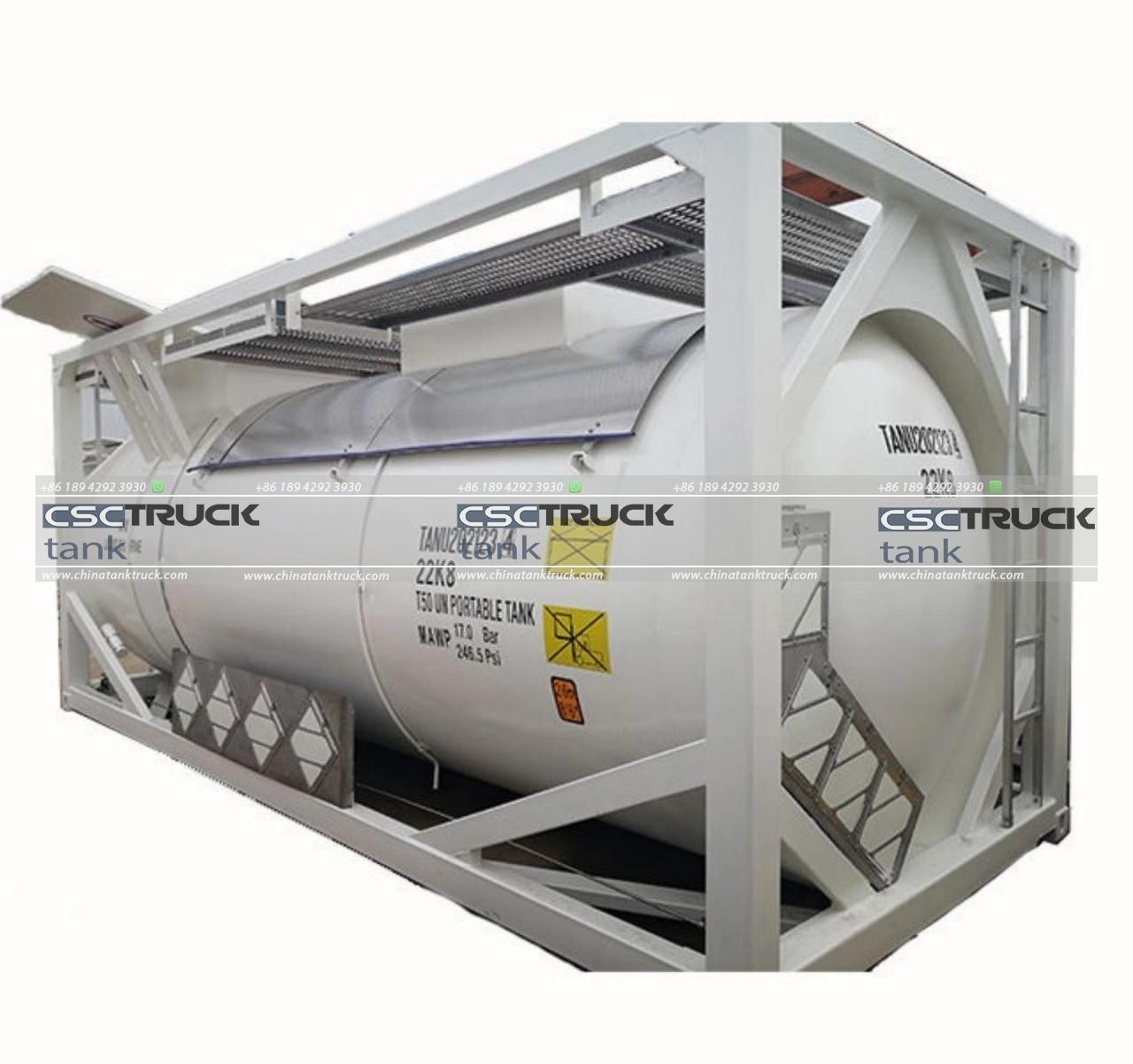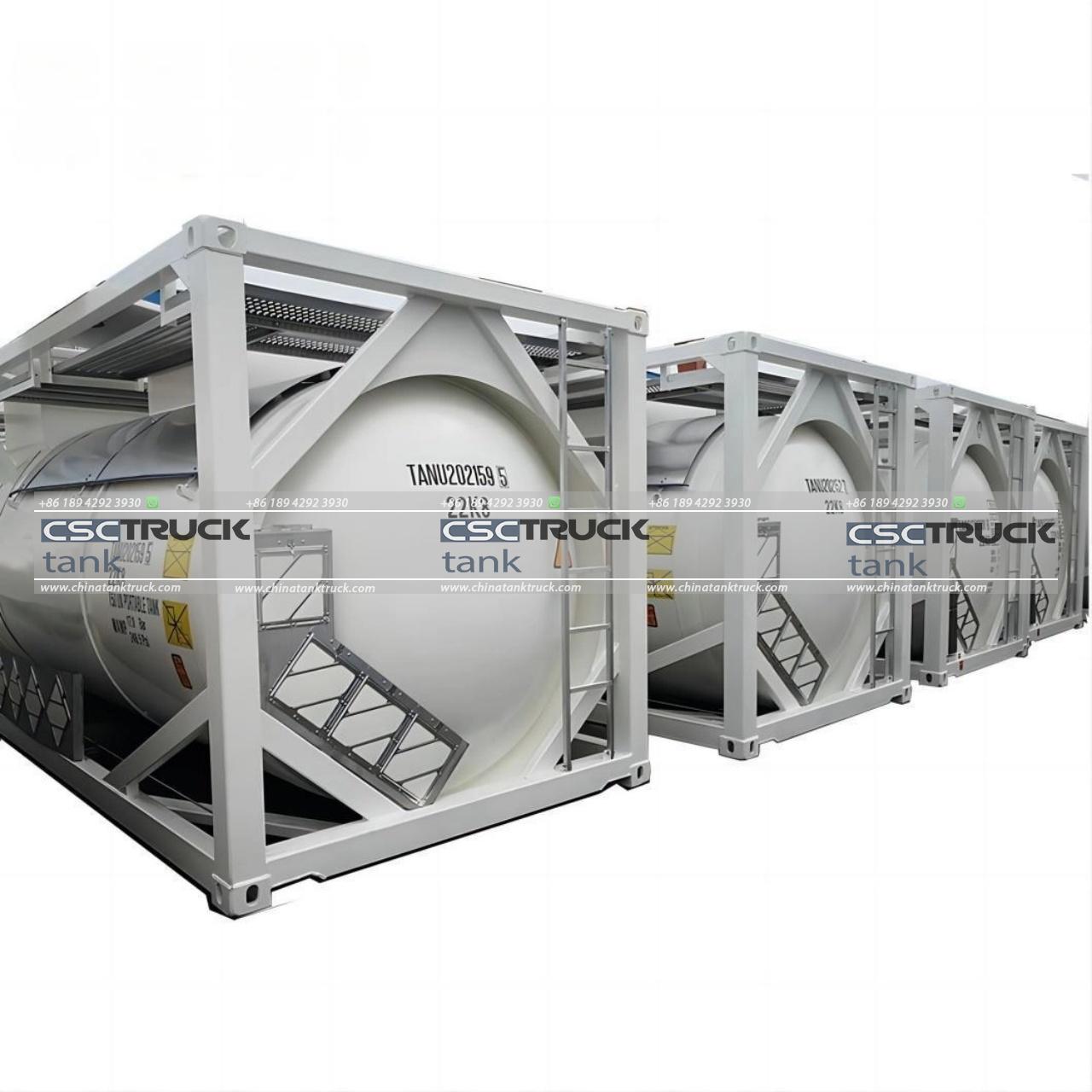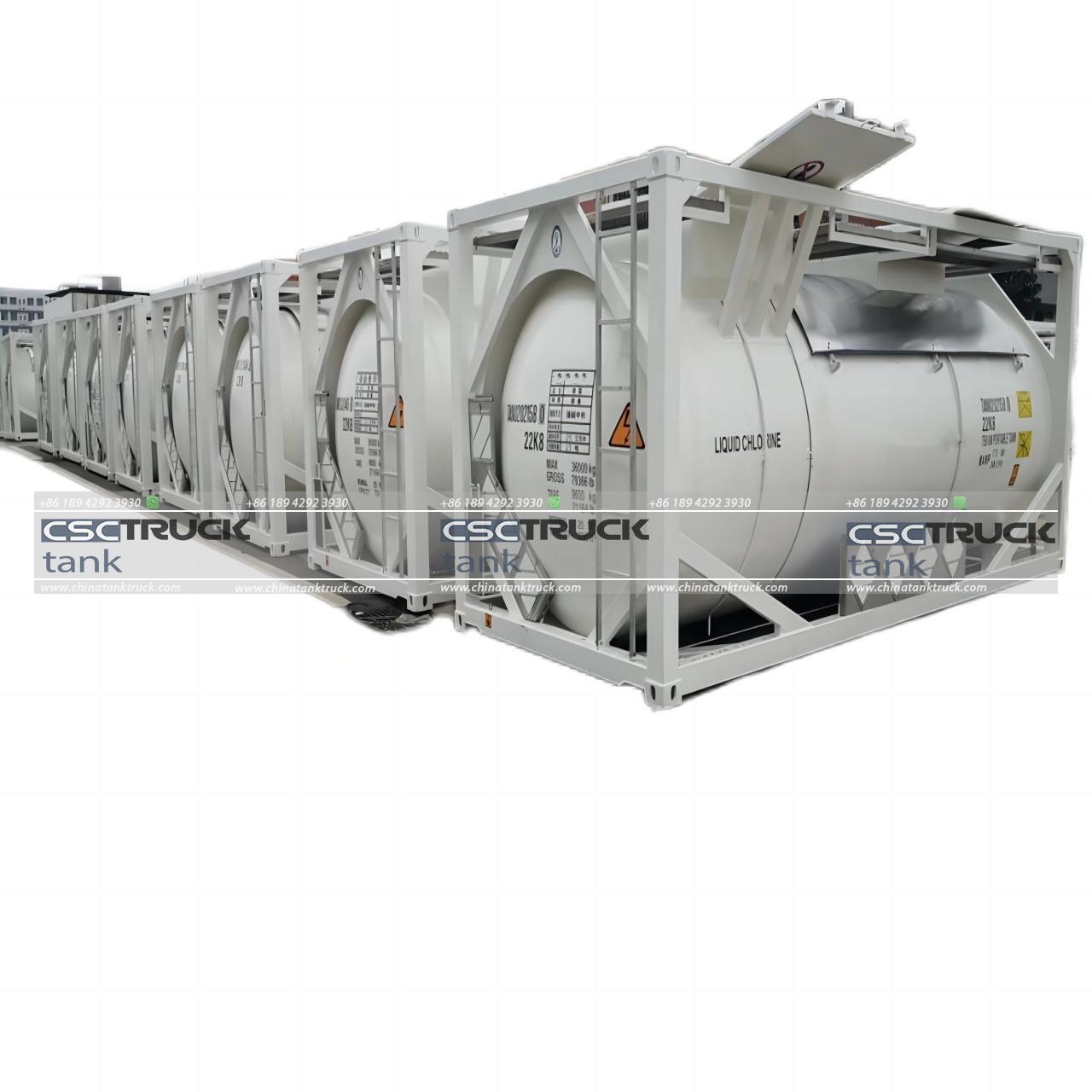How Are ISO Tanks Transported?
ISO tanks, also known as ISO tank containers, are a crucial part of the global logistics and transportation industry. They are specially designed to transport liquids, gases, and powders in bulk, offering a safe and efficient solution for the movement of various commodities. Understanding how ISO tanks are transported requires a look into their design, the methods used for their transport, and the considerations involved in ensuring their safe and efficient movement across the globe.
What is an ISO Tank?
An ISO tank is a standardized container designed to transport liquids and gases. Its name derives from the International Organization for Standardization (ISO), which sets the standards for these containers. The tank itself is made of stainless steel and is surrounded by an external framework, which provides protection and facilitates handling. ISO tanks come in various sizes, but the most common size is the 20-foot container, which typically has a capacity of 21,000 to 26,000 liters.

Design and Construction
ISO tanks are engineered for durability and safety. The tank is usually constructed from high-grade stainless steel, which provides corrosion resistance and ensures the integrity of the transported substance. It is insulated and, in some cases, heated to maintain the temperature of the contents, which is crucial for the transportation of temperature-sensitive liquids.
The external frame of the ISO tank is designed to fit standard shipping containers’ dimensions, allowing it to be easily handled by cranes and other cargo-handling equipment. The tank features various valves and fittings for loading, unloading, and pressure relief, making it versatile for transporting different types of substances.
Transport Methods
ISO tanks are transported using several methods, each suited to different segments of the logistics chain:
1. Road Transport:
Road transport is a common method for moving ISO tanks overland. Specialized tank trucks are used, which are equipped with the necessary fittings and equipment to secure and handle the tank. These trucks often have built-in systems for heating or cooling the tank to maintain the desired temperature of the cargo. Road transport is ideal for shorter distances and is often used in conjunction with other methods for long-distance shipments.
2. Rail Transport:
For longer distances, rail transport is an efficient and cost-effective option. ISO tanks can be mounted on railcars designed specifically for tank containers. Rail transport offers a stable and secure environment for the cargo, with the added benefit of larger capacity and less congestion compared to road transport. Rail transport is particularly useful for bulk shipments over land.
3. Sea Transport:
Sea transport is the most common method for international shipments. ISO tanks are loaded onto container ships, where they are secured in the ship’s hold or on deck. The standardized design of ISO tanks ensures they fit into the ship’s cargo holds, making loading and unloading efficient. Sea transport is ideal for long-distance international trade, though it does require additional considerations for handling and storage during transit.
4. Air Transport:
Although less common due to high costs, air transport is used for shipments requiring rapid delivery. ISO tanks can be loaded onto cargo aircraft, but the process involves specialized handling due to the size and weight of the tanks. Air transport is typically reserved for high-value or time-sensitive cargo.

Handling and Safety
Handling ISO tanks requires careful planning and adherence to safety regulations. The tanks are equipped with various safety features, such as pressure relief valves and leak detection systems, to prevent accidents during transport. Additionally, operators must be trained to handle ISO tanks, understanding the specific requirements for loading, unloading, and securing the tanks.
Safety protocols include:
– Inspection and Maintenance: Regular inspection of the tanks for damage, corrosion, or wear is crucial. Maintenance routines ensure that all safety features are functioning correctly.
– Training: Personnel involved in the handling and transport of ISO tanks must undergo specialized training to handle the tanks safely and efficiently.
– Compliance: Transporting ISO tanks involves compliance with various international regulations, including those set by the International Maritime Organization (IMO) for sea transport and the Department of Transportation (DOT) for road and rail transport.
Challenges and Considerations
Transporting ISO tanks involves several challenges and considerations:
– Regulations: Different countries have varying regulations for the transport of hazardous materials. Ensuring compliance with these regulations is essential for avoiding legal issues and ensuring safe transport.
– Temperature Control: For substances sensitive to temperature changes, maintaining the appropriate temperature is crucial. This requires specialized equipment and careful monitoring.
– Handling Equipment: Proper handling equipment is necessary to manage the weight and dimensions of ISO tanks. This includes cranes, forklifts, and securing systems.
– Coordination: Coordinating the movement of ISO tanks across different transport modes (e.g., from road to rail to sea) requires meticulous planning and communication among various parties.

Conclusion
ISO tanks play a vital role in global trade, providing a reliable and efficient method for transporting bulk liquids, gases, and powders. Their design, which adheres to international standards, ensures that they can be transported safely and efficiently across different modes of transport. By understanding the methods used for transporting ISO tanks and the associated challenges, businesses can better manage their logistics and ensure the safe delivery of their cargo. Whether by road, rail, sea, or air, ISO tanks are a testament to the advancements in transport technology, reflecting the ongoing evolution in the logistics industry.

